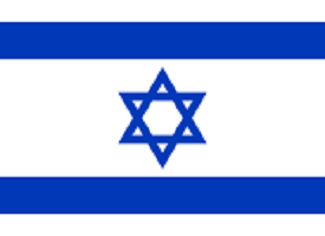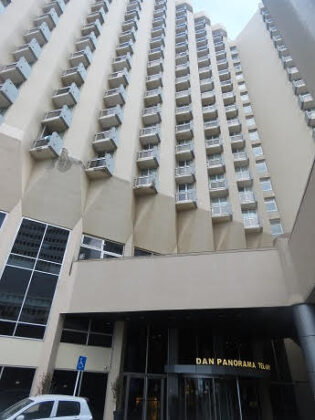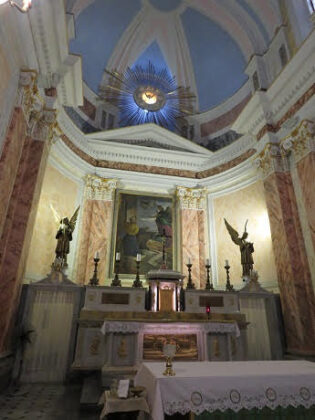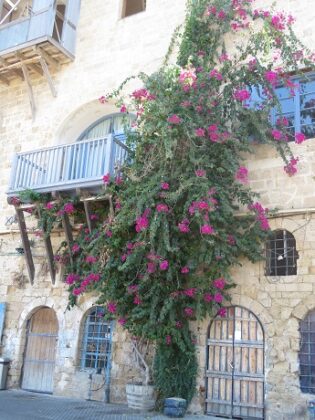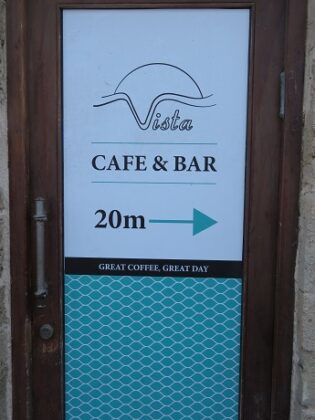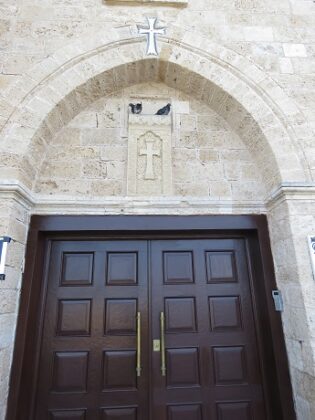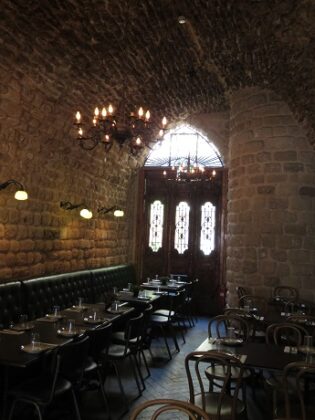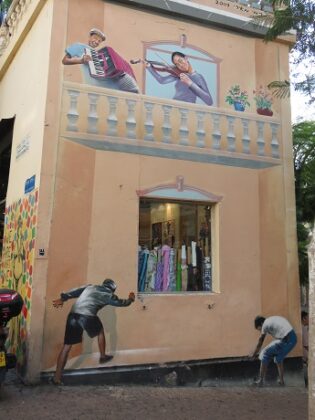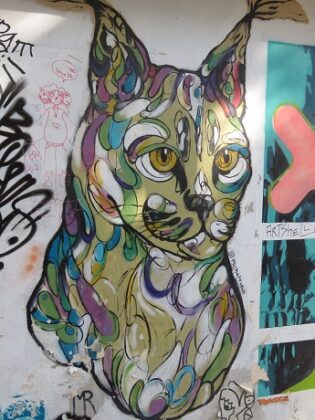A busy summer of travel was recently capped off with a two-week trip to Israel, Jordan and Egypt for my wife Carolyn and myself, a trip that had been postponed for three years because of the pandemic and different travel restrictions as other countries dealt with COVID issues within their own country. Six weeks ago, we had just returned from an East Coast adventure highlighted by stops in Greenland and Iceland. Packing our bags again, Carolyn and I prepared for the heat of the Mid-East, with temperatures averaging in the 90’s. This time we were leading a small group of 7 friends through a company called Go Ahead and would be joining a larger group in Israel to form a group of 28 for a 12-day trip through 3 countries. The 14-day adventure included two days of travel to arrive in Tel Aviv, Israel, and one day for departure as we returned home, gaining back the ten-hour time difference.
The air flights to Israel involved departing early on a Friday morning from San Diego flying British Airways, changing to their international flight in Seattle, then a long flight to London, followed by another long flight to Tel Aviv. We arrived in Israel mid-afternoon on Saturday. Going through customs and immigration in other countries is always an experience. A variety of security levels were visible in Israel as we gathered our luggage and were processed into the country. What was especially nice was an Israeli EF representative who was on hand and assisted in making sure we followed the correct procedures to enter Israel. EF (Educational Foundation) is the parent group for Go Ahead. EF primarily runs student tours all over the world and Go Ahead does the same with adults. My wife and I have run many EF tours involving high school students and parents, as well as Go Ahead tours involving adults.
After a bit of a delay, we met our tour guide for the Israel portion of the trip, Farah Graieb, who was from Nazareth. Our group was led to the bus, as well as the other travelers who would be with us for the next twelve days. We were told our hotel was about an hour away. Our first hotel was the Dan Panorama Tel Aviv located in the downtown area. The first thing I noticed, as we merged on the freeway system, was the traffic going in the other direction was as bad as our traffic gets at rush hour, only their freeways are only three lanes each way. We would find traffic in each of the countries we were to visit was just as busy as in the United States large cities. Farah pointed out some of the sites along the way as well as filling us in on the rest of the day and what tomorrow would be like. We also found out that Farah had worked in banking prior to becoming a licensed guide, working for a variety of agencies.
Arriving at the Dan Panorama, a very nice hotel to begin our journey, we saw it was located across the street from the Mediterranean Sea. We were told there would be a welcome dinner in a couple of hours and this would be our first taste of the foods of Israel and a chance to meet everyone in our travel group. We were provided breakfast every morning and some lunches and dinners during our stay. There was always a wide selection of breakfast options available. Some of the food we would experience not only in Israel, but also in Jordan and Egypt, would be hummus, pita bread, falafel, sabich, tahini sauce, baba ghanoush, olives of every type, baklava and lots of chicken and rice dishes just to name a few. After the first week the group was tiring of chicken and rice.
Some general information about Israel to provide a background on the part of the world we were visiting includes the area now called Israel has been inhabited for over 1.5 million years by humans. The Israeli city of Jericho is one of the oldest cities in the world, Hebrew tribes settling the area around 2,000 BC., but inhabited long before. Initially, small villages were scattered around the country varying in size from 300-400 people forming different tribes with different customs and belief systems. Israel is the birthplace of the Jewish people starting over 4,000 years ago. This small country has been populated and controlled by numerous larger civilizations since 2,000 BC, beginning with the Canaanites. A few of the civilizations that controlled or fought to control this area included the Assyrians, Babylonians, Persians, Judeans, Arabs, Romans, Mamluk, Ottomans, Byzantines, Palestinians and even the British stepped in to help control and assist with the establishment of the country of Israel. The name Israel first appeared on an Egyptian stele in 1,200 BC. The Kingdom of Israel was in existence in 900 BC. Israel’s complicated history culminated with the establishment of the country on May 14, 1948, and their first Prime Minister was David Ben-Gurion. For the first few years, territories in and around the country of Israel were in dispute involving Israel, Jordan, Arab states, and Egypt. A cease fire finally occurred in 1949 and Israel was admitted to the United Nations. Even today, a tense relationship between nations in this area still surfaces at times. The country of Israel today has a population of around 9 ½ million people.
Our first city in Israel we would visit was Tel Aviv, an economic and technological center for the country, founded in 1909 by 66 families settling the area. Tel Aviv means “Hill of the Spring.” It currently has a population of 900,000 in the city area, but if you count the surrounding areas that jumps to 3 million. Day 2 of our stay in Tel Aviv started with a city tour, first driving through a part of the city built in a style from the 1930’s called Bauhaus, designed by Jewish architects fleeing Germany. The 4,000 unornamented concrete buildings feature asymmetrical horizontal balconies, some with vertical pillars and a recessed left side. This part of Tel Aviv is called the “White City” and is a UNESCO World Heritage site since 2003. The first street we drove down in the area has a long construction zone as the city is constructing a light rail metro system to try and alleviate the traffic congestion in the area. We also passed by the plaza area where former Prime Minister Yitzhak Rabin was assassinated in 1995.
Our bus then drove down Rothschild Boulevard, considered one of the most prestigious locations in the city where apartments can cost over $2 million dollars or exceedingly small apartments rent out for over $1,700 – $3,000 a month. Our next destination was the area of Tel Aviv where the original settlement of this area occurred. This ancient city of Jaffa, the “Beautiful City,” was a key port along the Mediterranean. The ancient port has been rebuilt several times beginning with Napoleon’s ransacking of the city in 1749. Our group walked along an overlook to take pictures looking down the coastline from Jaffa to Tel Aviv as we passed St. Peter’s Church, a Franciscan church in Jaffa. We then walked down to the waterfront where we headed to W. Abonelafia restaurant to have a lunch of delicious Gyros before boarding our bus to take us back to the hotel. The restaurant was located in a building built in 1879 and had a beautiful brick décor inside.
Some enjoyed a leisurely afternoon at the hotel and others joined us on a walk to the Ha Carmel Market, the largest fresh food market in Tel Aviv. The market is primarily a local’s market, although there were items for tourists to purchase items. One booth we stopped in sold spices unique to this region. The proprietors demonstrated some of the spices and many in our group bought a variety of spices to take home. One colorful area close to the market featured elaborate graffiti that has elevated to large art designs, many making political and social statements. The graffiti designs are encouraged in this part of town.
That evening, many in our group, ourselves included, had signed up to take part in an Israeli Cooking Workshop where we would be put in teams of two to prepare two dishes that would all come together for the group’s dinner. Carolyn and I partnered up and were tasked with preparing Lemony Tahini (a sauce) and Chicken Skewers Mediterranean Style. Other dishes made for our dinner included Green Falafel, Fattoush Salad, Fish Fillet Wrapped in Herb Crust, S’neia, Hummus, Pita Bread, Mansaf “Al Babur” and Chocolate Soufle. The experience was fun with lots of laughter as we tried to make these dishes and the food was surprisingly tasty. Everyone received copies of the recipes to take home. All these dishes can be found online. Carolyn and I have signed up for other cooking classes on several of our trips, a fun experience to add to the tour.
This long day of activities gave us an idea of what the city of Tel Aviv is all about. Tomorrow we will head to the Holy Cities of Jerusalem and Bethlehem where we will visit numerous Holy sites and buildings in the cities, a stop in the Holocaust History Museum, as well as a trip to the Dead Sea and the ancient fortress of Masada. Part 2 and 3 will cover this amazing part of the Mid-East tour.



